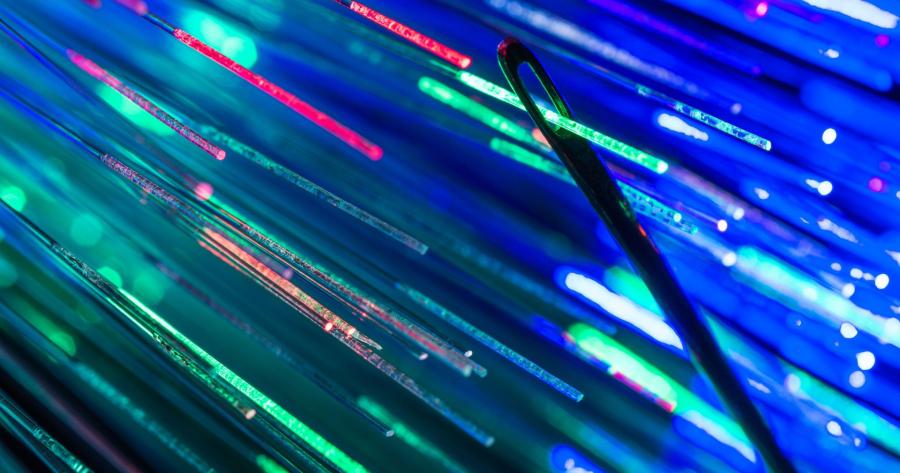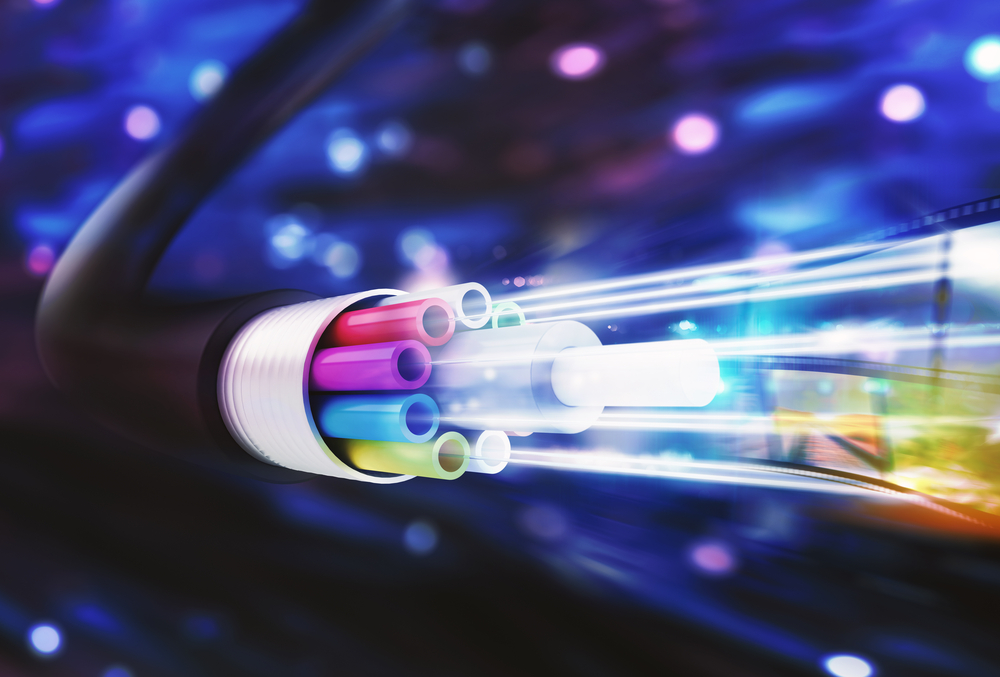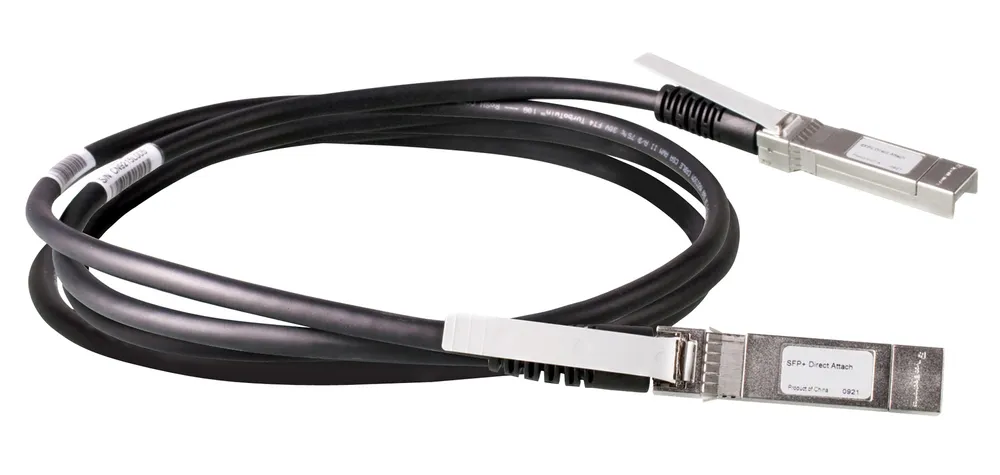Fiber vs DAC vs Ethernet, what to choose in a data center?

Nowadays three different types of cabling are mainly used, Fiber, DAC (direct attach copper) and Ethernet. This post will summarize the differences between them and what is recommended to choose depending on the situation. For simplicity we have chosen to talk about a connection speed of 10Gbps.
Introduction
- 10GBASE-T SFP + Ethernet was designed to run on Cat 6a or better cabling, at speeds of 10Gbps. The connector actively converts the SFP + end to an RJ45 connector allowing it to follow standards for operation over Ethernet cabling.
- SFP + DAC (direct attach copper), is very similar to the operation of a 10GBASE-T SFP + adapter, with the only difference that we do not have the RJ45 end, but the SFP + end is joined by a copper cable inseparable from the other end SFP +. Originally designed to be able to make short distance connections, for example, connect to a ToR switch.
- SFP + Fiber converts the signal received at the SFP + end to an optical signal transmitted through fiber optic cables, which allows us to reach very long distances (up to 100km) with very little delay.

Differences
This section will describe the major differences between 10GBASE-T, Fiber and DAC.
Latency
Latency is a very important factor in a Data Center, not only does it mean a delay in transmission, but currently it can also affect the performance of the CPU, because if the CPU has not received the order of the tasks that it has to perform, we will have a CPU in standby for a few milliseconds. If we add these milliseconds over a year, they result in hours and hours of inefficiency that can be avoided by choosing the correct wiring.
The following table shows the delay in nanoseconds for each of the cabling types:
- 10GBASE-T SFP+ 2,6ns
- SFP+ Fiber 0,1ns
- SFP+ DAC 0,3ns
Preferably, in trunks or that require very low latency it is recommended to use Fiber or in case of being limited in budget DAC.
Distance
At a distance level, we see more clearly the difference between DAC and 10GBASE-T, since it uses CAT6 or higher cabling, we can reach speeds of 10Gbps in 100m links, compared to the maximum 10 meters that DAC can achieve at 10Gbps. Preferably, in trunks or that require very low latency it is recommended to use Fiber or in case of being limited in budget DAC.
On the other hand, SFP + Fiber can have a maximum of 100Km, using high quality cabling and single mode fiber, which results in a higher cost.
Power usage
10GBASE-T SFP + can consume more than 5W per end, since it requires an active conversion of the SFP + connector to RJ45, this extra consumption must be taken into account when choosing the type of cooling to be used in each extreme.
On the other hand, the DAC and Fiber links have a consumption of about 0.7W much lower than that of 10GBASE-T.

Cost
Finally, cost, not only do we choose the cabling according to performance, if this were the case and, in many applications, fiber would be the best option, but we also look at cost.
Unfortunately, fiber is the most expensive option and also the most fragile, not only can we break the fiber when bending the cable, but also the ends can get dirty when connecting and disconnecting, causing the link not to reach the maximum speed. On the other hand, 10GBASE-T is the next most expensive link, it is in the middle of the fiber and the DAC at the cost level, this is due to the microprocessors that are needed in the link to be able to carry out the SFP + conversion to 10GBASE-T. Finally, DAC is the most economical and widely used link depending on the topology of our Data Center, in cases such as ToR DAC connections allow us to save on cabling thanks to its minimum cost and good latency and consumption performance.
Conclusion
In summary, the cabling to choose will depend on many factors, from which link it will be connected, what is the distance to transmit, if it requires minimum latency, or even if the SFP + port is powerful enough to withstand the extra consumption that it may have. some 10GBASE-T SFP + link.
Authors
Ferran Montoliu
Joan Farràs